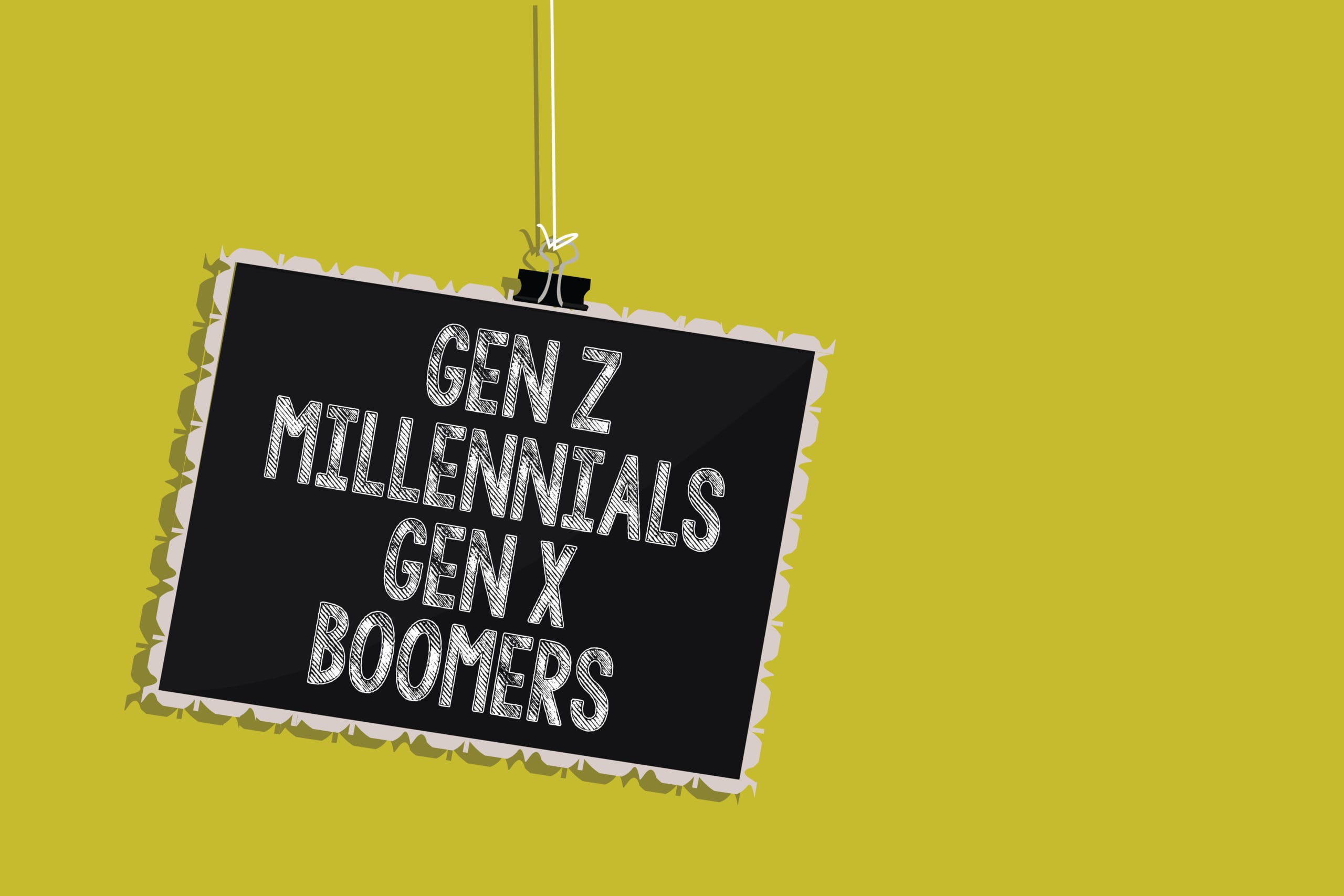Employee Engagement
From boomers to Gen Z: How to engage a multigenerational workforce
By Sonia Fiorenza
Feb. 7, 2020
Five generations are now represented in today’s workforce as millennials and Generation Z continue to make their mark.
Millennials will soon be the largest living generation in the U.S. labor force, while the number of people 65 years and older is expected to nearly double. At the same time, digital technologies are changing how these generations collaborate and work together, as well as how organizations engage, manage and retain employees.
Because of this, employee expectations across the board have evolved and no longer does a “one-size-fits-all” approach work when it comes to employee engagement. In fact, failure to meet these expectations can result in decreased productivity and high turnover in an increasingly competitive economy.
In a world of #okboomer memes and “Me Generation” stereotypes, organizations should explore ways to better unify employees and harness the power of a diverse workplace. Here are three ways that HR and communicators can accommodate employees across generations and gain a competitive advantage in the market.
Speak Their Language
First and foremost, HR and communications leaders must identify who their audiences are and what content will resonate the most, as the context and tone of a message can impact how employees receive and choose to engage with it. Even when providing the same information to all generations, communicators should explore ways to share that message to younger versus older employees.
 For example, a more detailed email about new company policy might translate better with baby boomers, while it could be ignored by millennials and Gen Z who tend to prefer more informal, casual language. In contrast, a conversational tone may not translate for older demographics who might see it as blurring professional and personal boundaries.
For example, a more detailed email about new company policy might translate better with baby boomers, while it could be ignored by millennials and Gen Z who tend to prefer more informal, casual language. In contrast, a conversational tone may not translate for older demographics who might see it as blurring professional and personal boundaries.
In a multigenerational workplace, HR and communicators should find ways to personalize and distribute content based on employee types and preferences quickly and easily. This plays a major role in making workers feel more valued, drives feelings of inclusion and has a direct impact on productivity and satisfaction.
Once the content is in place, it’s important to consider the distribution strategy and the cadence or frequency in which content is shared. In the past decade alone, the workforce has become infinitely more connected with digital reminders, near-instantaneous updates, collaborative calendars and more. From intranet platforms to multidevice and direct messaging applications, each generation will find different methods better suited for them and employers need to adapt to this digital shift.
As digital natives, millennials and Gen Z are likely more comfortable and familiar with mobile and chat platforms, and may prefer receiving information and updates via mobile app. Conversely, Gen Xers and baby boomers may want to receive information via email or hard copy and hear feedback face-to-face.
Finding a balanced cadence of communications that appeases all employees can be tricky, but is foundational to building and maintaining a unified company culture. In this sense, it’s important to remember that every employee interacts with technology differently. When thinking about how best to disseminate the “nice-to-know” versus the “need-to-know,” evaluate consumption preferences and habits across all employees and tailor communication methods based on this assessment.
Keep Employees Motivated
A third factor to keep in mind when engaging a diverse workforce is that employees want different things from their employers and from their career paths, regardless of demographic. Internal communications directly impact employee motivations and their level of productivity, and leaders will need to invest in ways to empower everyone in their organization.
Research has shown that millennials and Gen Z value work-life balance more so than their older colleagues, and may not want to receive communications from work outside office hours. Gen Xers and boomers also don’t require constant feedback, while younger demographics are motivated by words of encouragement from superiors on a regular basis. Some employees might appreciate reminders to complete surveys or program registrations, while others might find anything more than a weekly reminder overwhelming.
And, while many see technology as a key divider among generations, that’s far from the case. Employee engagement tools and technologies can help managers, supervisors and the C-suite share their mission and messages with all employees in a personalized way. Providing channels to ask questions, share advice or collaborate on work can also energize employees and foster relationships between generations. With the right tools in place, HR and communications teams can measure and analyze the impact of their engagement strategies to adjust over time.
Employees of all ages seek workplace satisfaction and it’s up to HR and business leaders to provide the tools, resources and strategies that empower them to define their own experience. As workforce demographics evolve, organizations must create a space for a variety of work styles to flourish and ultimately position their employees – and the business – for success.
Schedule, engage, and pay your staff in one system with Workforce.com.